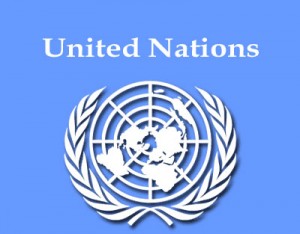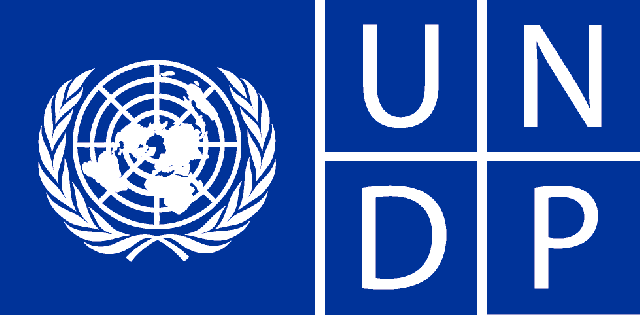By Sami Zaptia:

London, 13 March 2018:
In the section of Libya’s frozen assets, the UN Libya Exerts Panel report says that it is investigation the true value of Libya’s frozen assets. It says that in 2012 the total sum of Libya’s Libya Investment Authority assets was put at US$ 67 bn. However, this had now decreased to US$ 34 bn.
‘‘Implementation of the assets freeze
Frozen assets of individuals
The Panel had previously undertaken analysis of bank accounts of three interlinked front companies based in Malta for the late Mutassim Qadhafi. Malta has provided the Panel with further details on the movements in the bank accounts of Moncada. These are presently under scrutiny.
The Panel continues its investigation to identify the assets of designated individuals.
Frozen assets of designated entities
As the Panel highlighted in its previous report the then CEO of the LIA, Hasan Buhadi, claimed that the LIA had frozen assets amounting to 67 billion USD. Taking into account assertions that the assets freeze is responsible for the depreciation of these assets, the Panel is currently assessing the validity of these claims.
The issues brought to the attention of the Panel are:
- The LIA is prohibited from managing its investments. It cannot ensure that assets are in vehicles that yield competitive returns.
- The LIA cannot reinvest proceeds of matured investments.
- Regulatory authorities in Member States have not permitted the LIA to actively manage assets. Its fund managers and assets custodians have, therefore, refrained from managing the assets.
- External fund managers continue to receive fees without managing funds.
- Banks apply the sanctions rigidly.
- Member States adopt differing approaches. Certain subsidiaries’ assets still remain frozen, despite the Committee’s Implementation Assistance Notice No.1 (IAN 1).
- The LIA is unable to optimise investment opportunities.
- Because of the restrictive measures it is either very time consuming or impossible to obtain licences to manage funds of existing holdings.
- Profits from cash distribution of private equity funds are placed in frozen accounts which generate very little interest.
From the Panel’s consultations with several Member States, fund managers, former employees of LIA and the present CEO, it emerges that the sum of USD 67 billion represents the sum total of the LIA assets, including those of its subsidiaries. The Chairman of the LIA acknowledges that this amount was evaluated in 2012, and that it is difficult to assess its current status. In fact, the Panel reported that in 2010 the total assets amounted to USD 56 billion.
The LIA has now stated to the Panel that the frozen assets are to the tune of USD 34 billion. The LIA further clarified that, out of this amount, USD 17 billion is held with the Central Bank. The Panel requested clarifications and details on the Central Bank’s utilisation of these funds. Further, the Panel is waiting for detailed information from the LIA on the frozen assets, assets of subsidiaries, and issues where the LIA has been facing problems in the management of the assets. The data would allow the Panel to better understand the actual effects of the sanctions on the assets of the LIA.
The Panel is currently reviewing the functioning of the external fund managers considering that feedback on their work is contradictory.
The Panel has observed that various actors, including the LIA, are suggesting modifications to the provisions of the assets freeze. Such considerations would benefit from a detailed inventory of the frozen assets including their ownership. Proper administration of the assets is essential, both by the LIA and by the custodians of the funds. Member States that have the legal provisions to implement the assets freeze may not necessarily have procedures in place to obtain reports on the location and management of assets owned by listed entities and individuals.
In the same vein, the Panel is examining the issue of management of assets of LIA’s subsidiaries.
The Panel will be undertaking further inquiries to identify the location and details of the frozen assets to determine whether these have been dealt with in accordance with the different resolutions and implementation assistance notice # 1. Certain Member States have displayed reluctance in giving details and one has explained that the requirement of freezing assets is communicated to the financial institutions, but it does not obtain details of assets frozen pursuant to the announcement of the measures’’.







